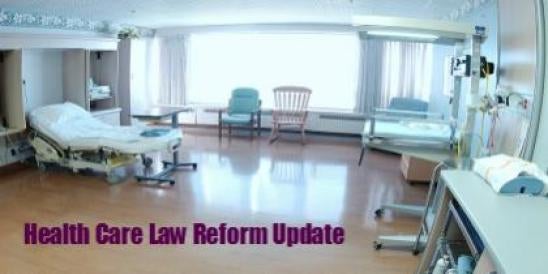MEDPac recently published the transcript of its December 2013 meeting where a number of hospice issues were discussed, including: (a) payment update/adequacy (recommending – no payment update for 2015); and (b) potential integration of the hospice benefit into Medicare Advantage plans (recommending integration by 2017). Here are some notes on the meeting.
MEDPac reported 2012 hospice utilization and payment data, noting that:
-
46.7% of decedents had some hospice (1.27 million people), up slightly from prior year, asserting that access is healthy (not addressing geographic disparities).
-
Medicare spent approximately $15 billion on the benefit, a small fraction of the Medicare spend.
-
Average length of stay is 88 days (up from 86 in 2011), with average length of stay at for profit longer than at not for profit (105 versus 69 days).
-
Median length of stay remains very low at 17 days.
-
Length of stay at the 90th percentile is 246 days.
-
MEDPac claims that margins are healthy, averaging 8.7% (not including any non-reimbursable expense), with higher margins in the for profit sector.
Focusing on healthy utilization and margins, MEDPac staff recommended no 2015 payment adjustment.
MEDPac noted that Medicare had paid approximately $1 billion in “unrelated” expenses for hospice patients in 2012, stating as an aside that this spend is under further review. As discussed in our prior blog post here, Medicare has already made clear its intent to recover some of these outlays.
Discussing the disparate length of stay between for profit and not for profit hospices, MEDPac commissioners seemed to accept staff reasoning that it is a sign of profiteering, although: (a) ALOS at for profits (105) remains well below Congress-authorized 180 day average (and well within ranges deemed efficient in the Duke study); (b) at the same time noting that low median length needs to be increased through earlier advocacy (such advocacy is what leads to longer average length of stay).
MEDPac noted with consternation that its prior recommendation for U-shaped reimbursement changes (more at beginning and end, less in the middle) has not been adopted. MEDPac continues to support this change, although they do not reconcile this recommendation with the fact that half of beneficiaries receive surprisingly little care (less than 3 weeks). The prevalence of short stay hospice seems actually to suggest no reason to increase reimbursement at the front end (a range where according to the Duke study, hospice is not an efficient use of resources).
In addition to reviewing the utilization issues, MEDPac revisited the longstanding question whether the hospice benefit should be part of Medicare Advantage plans. Currently, a Medicare Advantage beneficiary that elects hospice will be moved to standard Medicare for the duration of the benefit.
At least two recent developments have prompted MEDPac to refocus on this issue: (a) the growing percentage of seniors electing Medicare Advantage; and (b) the increasing focus on removing lines of responsibility/unifying responsibility for care (ACOs, etc.).
With one voice, MEDPac recommends that Medicare Advantage plans be required to include the benefit (not later than 2017). Such a change, if adopted, would require plans to contract atnegotiable rates with providers in each market. There was debate whether such rates would be higher or lower than Medicare fee for service rates. Rates will probably be inversely related to the extent of competition in each market. Hospice providers should plan for potential contracts with Medicare Advantage plans.



 i
i


